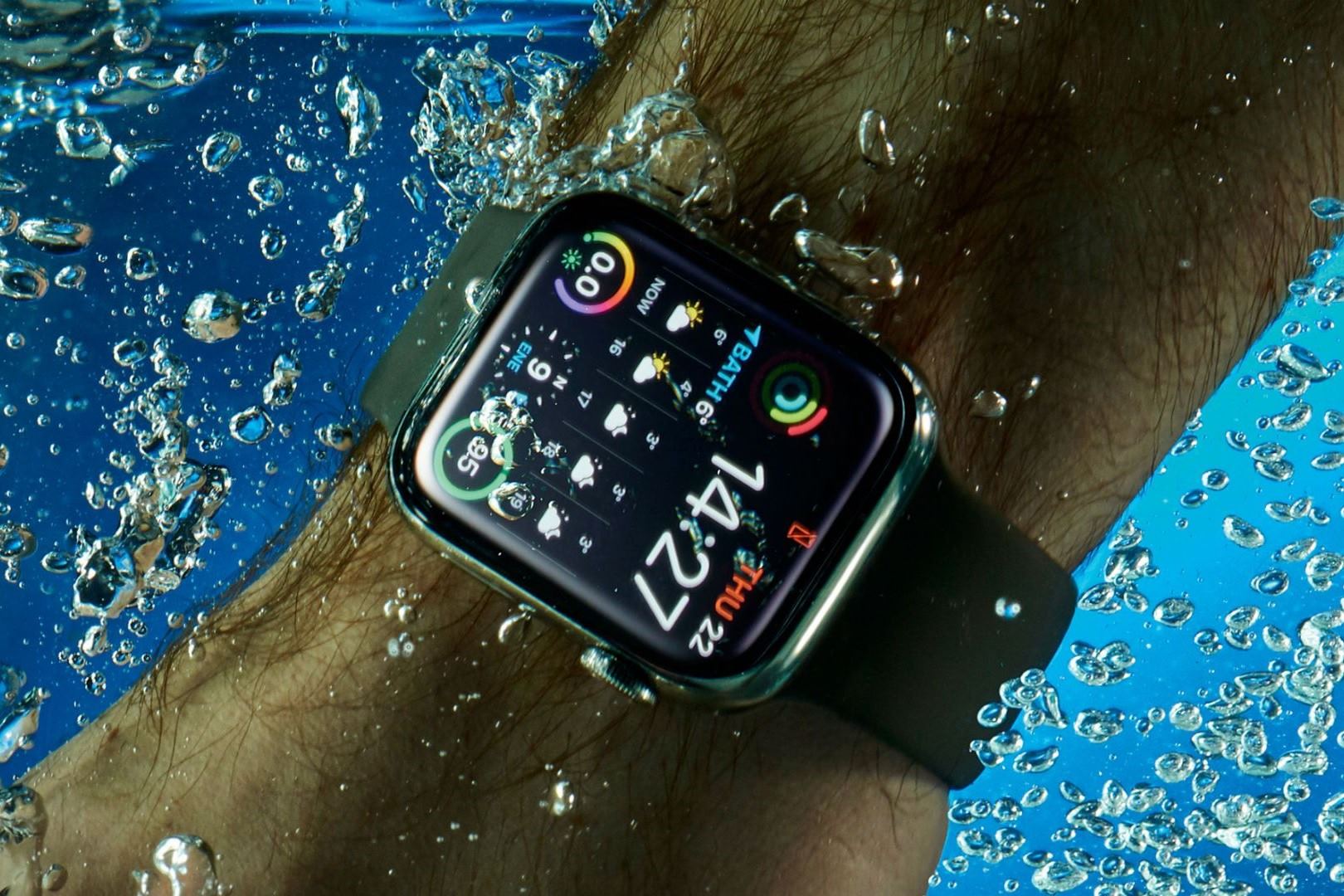Assessing the Damage
Water damage to a smartwatch can be a distressing experience, but with a systematic approach, you can mitigate the potential harm and restore your device to working condition. Before taking any action, it’s crucial to assess the extent of the damage to determine the best course of action. Here are the steps to evaluate the damage:
- Power Off: Immediately power off the smartwatch to prevent electrical shorts and further damage. If the device is already off, do not attempt to turn it on.
- Remove from Water Source: Carefully remove the smartwatch from the water source to prevent continuous exposure.
- Assess Visible Damage: Inspect the exterior of the smartwatch for visible signs of water damage, such as water droplets under the screen or in crevices, and corrosion on the charging ports.
- Check for Functionality: If the smartwatch is still on, check for any abnormal behavior, such as flickering screens or unresponsive buttons. These are signs of internal damage.
- Assess Water Exposure Time: Consider how long the smartwatch was exposed to water. Longer exposure increases the likelihood of damage.
- Assess Water Type: If the smartwatch was exposed to saltwater or other liquids, the damage may be more severe due to corrosive properties.
By carefully evaluating these factors, you can gain a clearer understanding of the damage and make informed decisions about the next steps in the water damage recovery process.
Removing the Water
Once you have assessed the damage to your smartwatch, the next crucial step is to remove the water from the device as quickly and thoroughly as possible. Prompt action can significantly reduce the risk of long-term damage. Here’s how to effectively remove the water from your smartwatch:
- Drying Cloth: Use a soft, absorbent cloth to gently pat the exterior of the smartwatch, soaking up any visible water. Avoid wiping or rubbing, as this can push the water further into the device.
- Absorbent Materials: If the water has seeped into crevices or ports, use absorbent materials such as cotton swabs or a clean, dry toothbrush to soak up the moisture.
- Gravity Drainage: Open any ports, such as the charging port, and position the smartwatch so that the water can drain out naturally. Avoid shaking the device, as this can spread the water to other internal components.
- Rice or Silica Gel: Place the smartwatch in a sealed container with uncooked rice or silica gel packets. These materials can help absorb moisture from the device over time. Leave the smartwatch in the container for at least 24-48 hours.
- Vacuum Method: If the water damage is extensive, consider using a small handheld vacuum with a narrow attachment to gently draw out moisture from the smartwatch without directly touching the device.
It’s important to be patient during this process, as thorough water removal is essential for preventing further damage to the internal components of the smartwatch. Once you have removed as much water as possible, proceed to the next step of drying the smartwatch.
Drying the Smartwatch
After successfully removing the water from your smartwatch, the next critical phase is to ensure thorough drying to prevent residual moisture from causing damage to the internal circuitry. Proper drying methods can aid in the restoration of functionality. Here’s how to effectively dry your smartwatch:
- Air Drying: Place the smartwatch in a dry, well-ventilated area at room temperature. Avoid using heat sources such as hairdryers or direct sunlight, as excessive heat can further damage the device.
- Use of Desiccants: If available, you can place the smartwatch in a sealed container with desiccants such as silica gel packets. These materials can help absorb any remaining moisture from the device.
- Patience and Time: Allow the smartwatch to dry naturally for at least 24-48 hours before attempting to power it on. Rushing this process can lead to irreversible damage.
- Intermittent Checks: Periodically check the smartwatch during the drying process to ensure that no moisture remains. If moisture is still present, continue the drying process until the device is completely dry.
It’s crucial to exercise patience and thoroughness during the drying phase, as any residual moisture can compromise the functionality of the smartwatch. Once you are confident that the device is completely dry, proceed to the next step of testing the smartwatch to determine its operational status.
Testing the Smartwatch
After completing the water removal and drying process, it’s essential to conduct thorough testing to assess the operational status of your smartwatch. Testing will help determine if the device has been successfully restored to full functionality. Here are the steps to effectively test your smartwatch:
- Power On: Carefully power on the smartwatch and observe its startup sequence. Look for any unusual behavior, such as flickering screens or unresponsive buttons, which may indicate lingering damage.
- Check Functionality: Test all the essential features of the smartwatch, including the touchscreen, buttons, and sensors. Ensure that all functions are responsive and operating as expected.
- Charging Test: Connect the smartwatch to a power source and verify that it charges normally. Check for any signs of overheating or irregular charging behavior.
- Water Resistance Test: If your smartwatch is designed to be water-resistant, perform a simple water resistance test to ensure that the device can still repel water effectively.
- Monitor Performance: Use the smartwatch over the next few days and monitor its performance closely. Look out for any signs of deteriorating functionality that may have been caused by the water damage.
By conducting these comprehensive tests, you can gain a clear understanding of the smartwatch’s current condition and identify any lingering issues that may require further attention. If the smartwatch exhibits persistent problems after testing, it may be necessary to seek professional assistance for a more in-depth assessment and repair.

